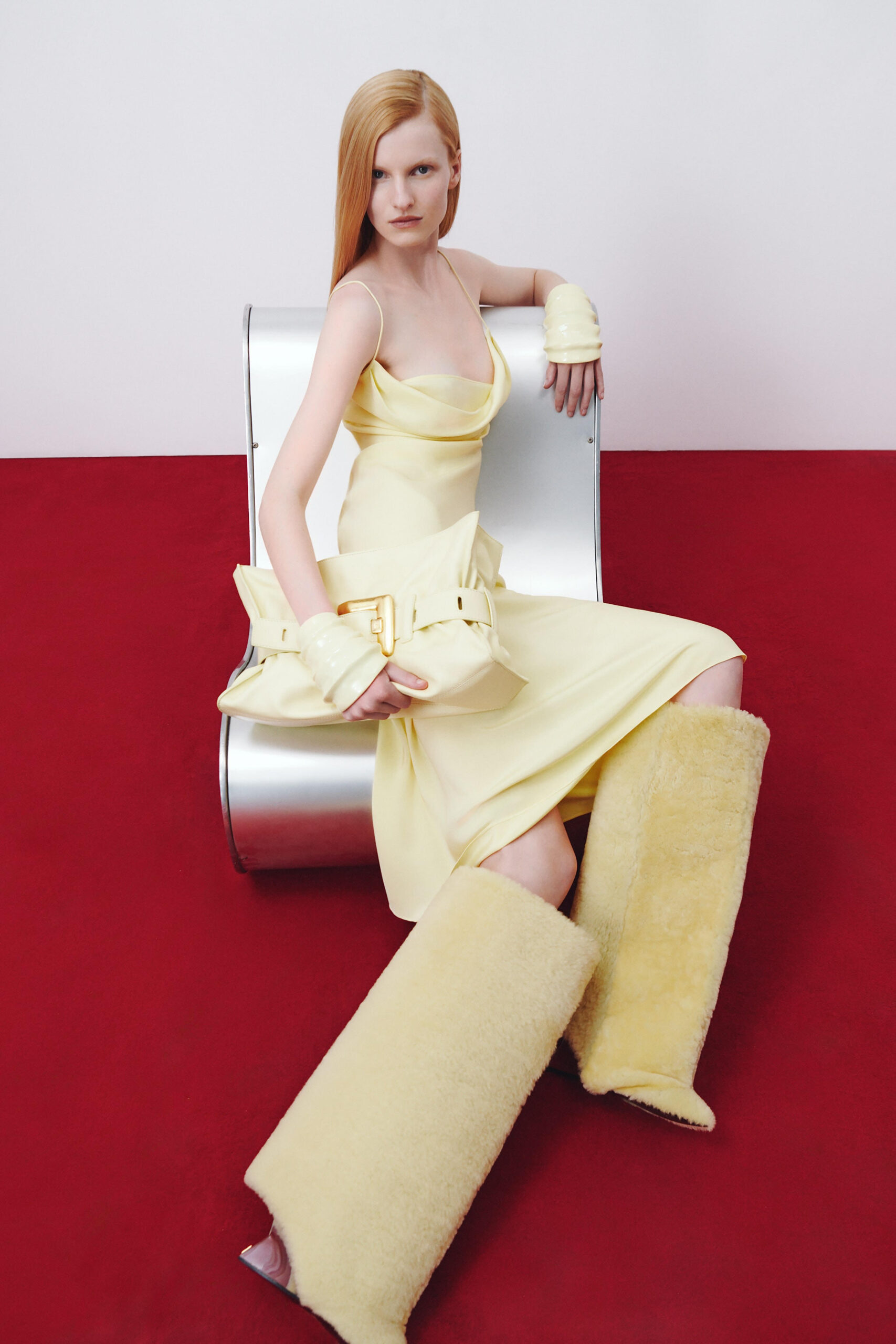Courtesy of Balmain
In the mercurial universe of fashion, where creative directors come and go like fleeting shadows on a runway, Olivier Rousteing stands as a paradox. Still under 40, yet already a veteran; youthful in energy, yet wise in tenure. At Balmain, Rousteing has transformed longevity into an art form, mastering the delicate balance between honoring the house’s storied past and relentlessly shaping its future.
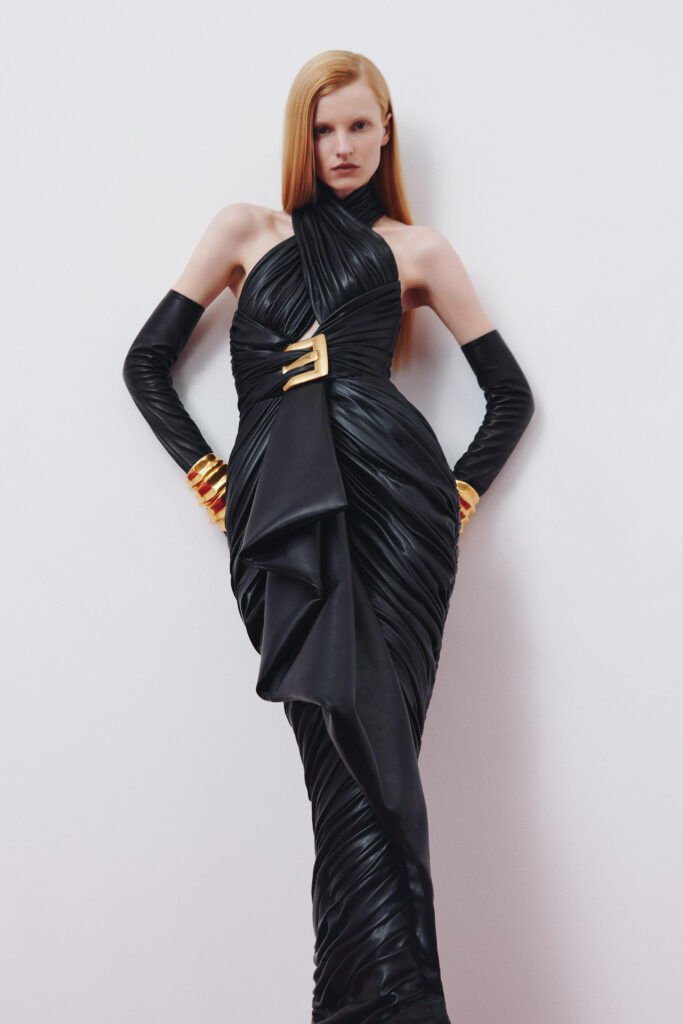
Courtesy of Balmain
His latest resort collection is less about clothes, more about conversation — a dialogue between heritage and innovation, memory and reinvention. “A designer must change; otherwise, they should feel bored by their own work,” Rousteing reflects, as if echoing the philosophy of an artist rather than a commercial creator. Change, for him, is not an obligation dictated by trend cycles. It is an inner necessity, the pulse that keeps creation alive.

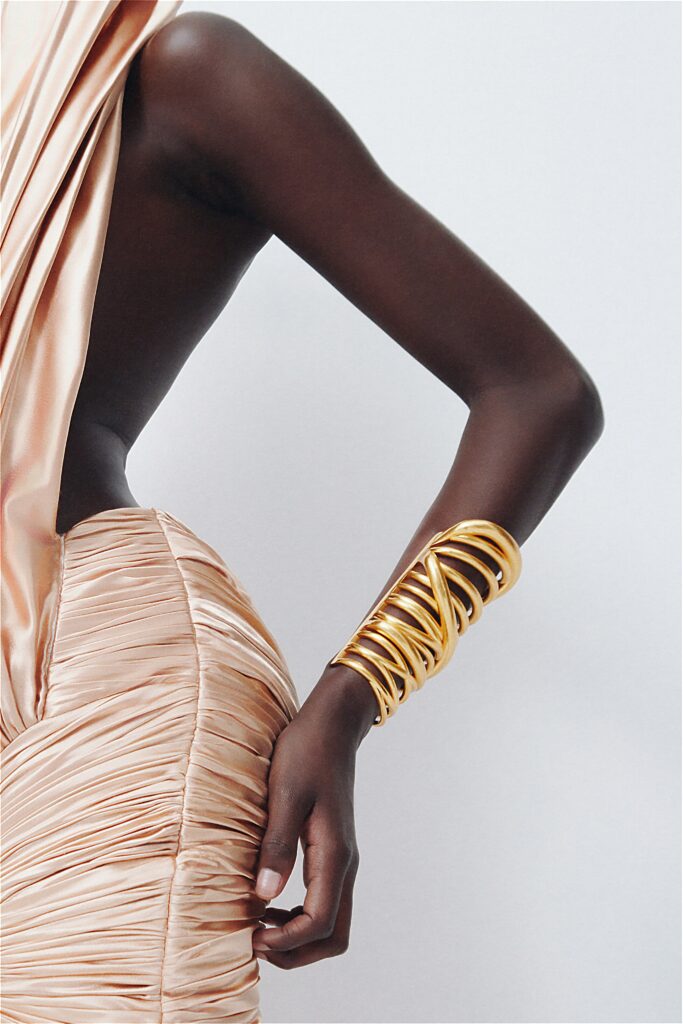
Courtesy of Balmain
The collection itself unfolds like a study of contrasts: softness and strength, tradition and provocation, precision and fluidity. In womenswear, tweed — that quintessential symbol of Parisian chic — emerges reimagined. Pastel bouclés, subtly irreverent, evoke sun-drenched West Coast nostalgia (Clueless comes to mind), while darker checks and bold color clashes remind us that elegance need not be polite. More than 20% of Balmain’s ready-to-wear lives in tweed — a statistic that, in Rousteing’s hands, becomes a manifesto for the reinvention of the familiar.
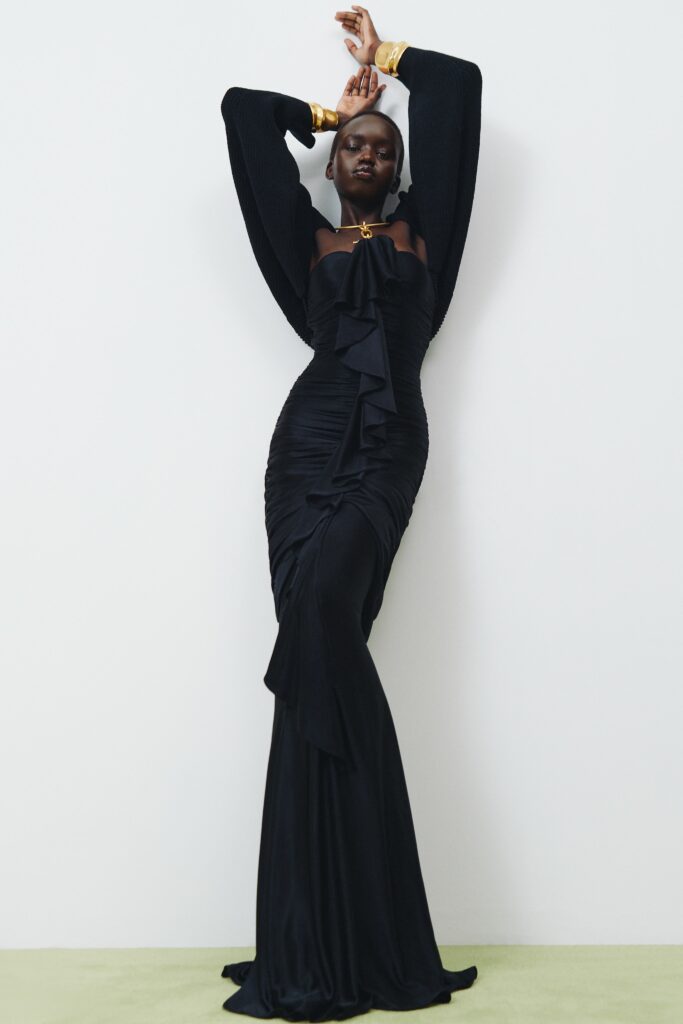
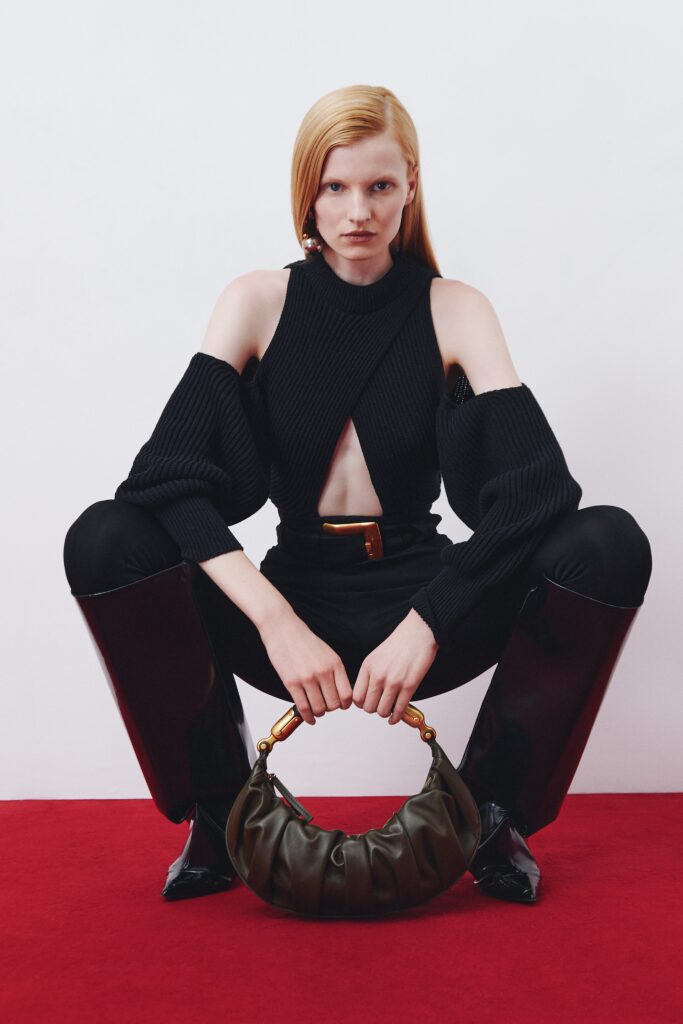
Courtesy of Balmain
There’s a deliberate move away from the bodycon signatures that once defined his Balmain, towards silhouettes that surprise and subvert. Vast tailored coats — one, so voluminous it could double as shelter are adorned with felted, painterly prints that nod to Pierre Balmain’s artistic passions. Cropped Prince of Wales check jackets meet micro-minis in a play of proportion that feels architectural. Capes in peach or lemon cashmere cocoon the body, offering both protection and poetry.
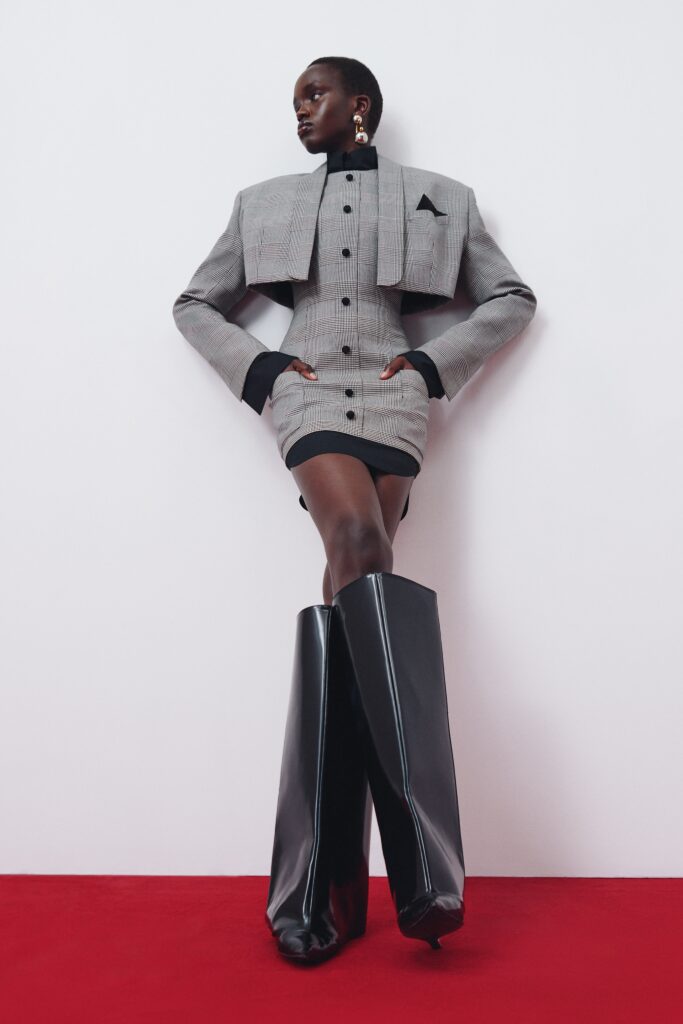
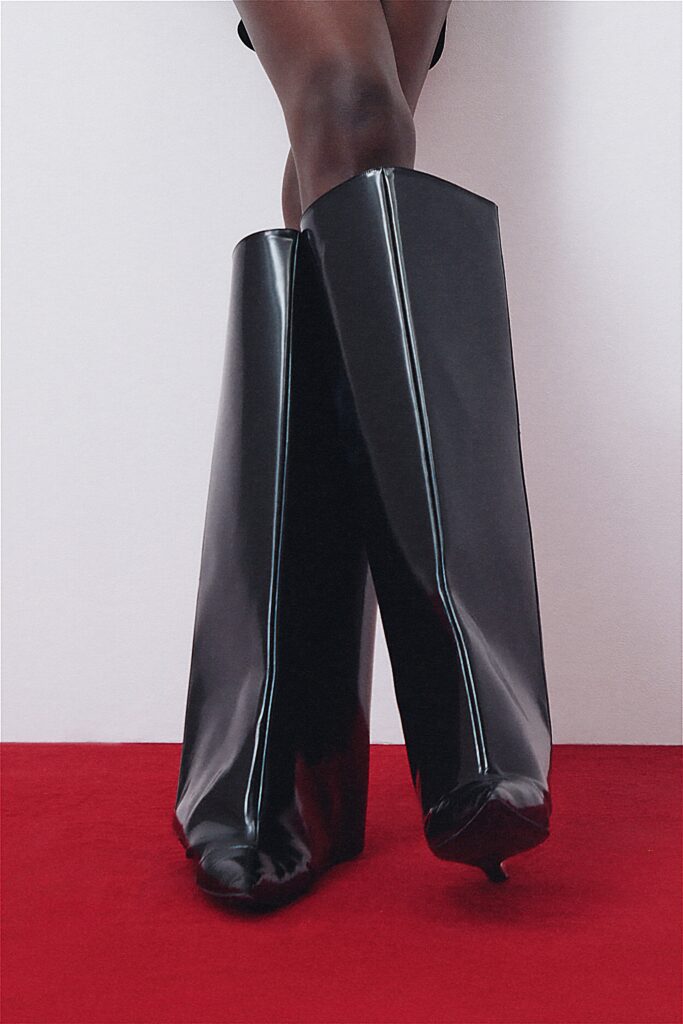
Courtesy of Balmain
Menswear is no less intricate: a radical study in duality, where razor-sharp tailoring coexists with exaggerated, enveloping shapes. Denim, leather, and jacquard sportswear inject a streetwise irreverence into the formal codes. Even the shoes, with their extruded metal welts and elevated soles, tread the line between classicism and rebellion. In every piece lurks a tension between the bourgeois and the subversive, between the atelier and the street.
What Rousteing proposes, season after season, is not merely a set of garments, but a meditation: on time, on transformation, on the responsibilities of the designer as both steward of history and architect of the future. His Balmain is a house that does not simply revisit the past, but interrogates it — mining the archive not for nostalgia, but for clues on how to build what’s next.
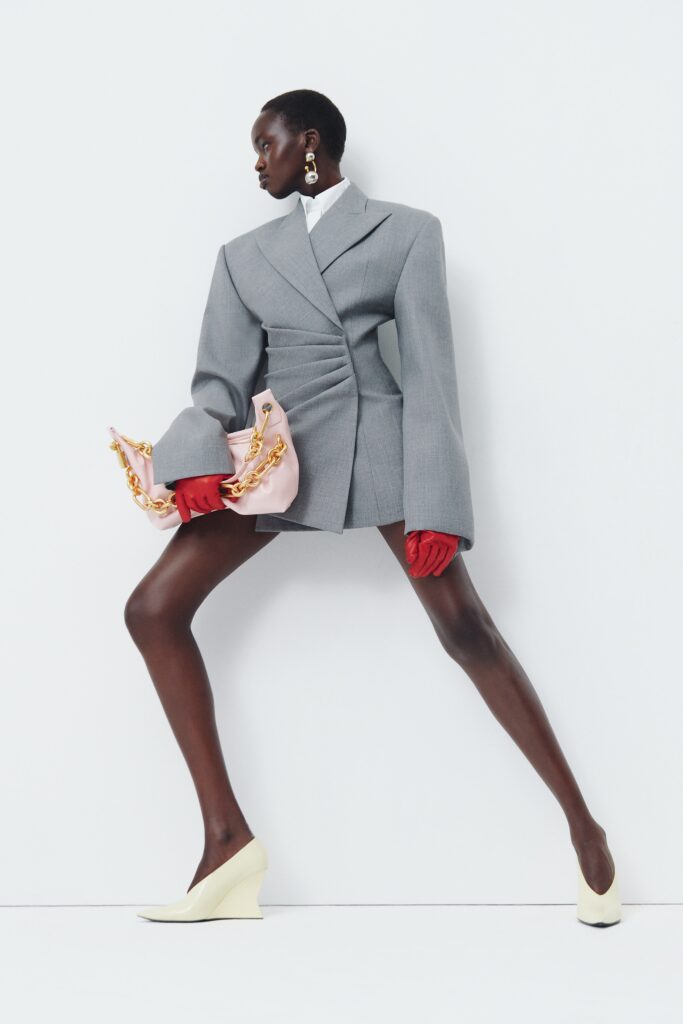
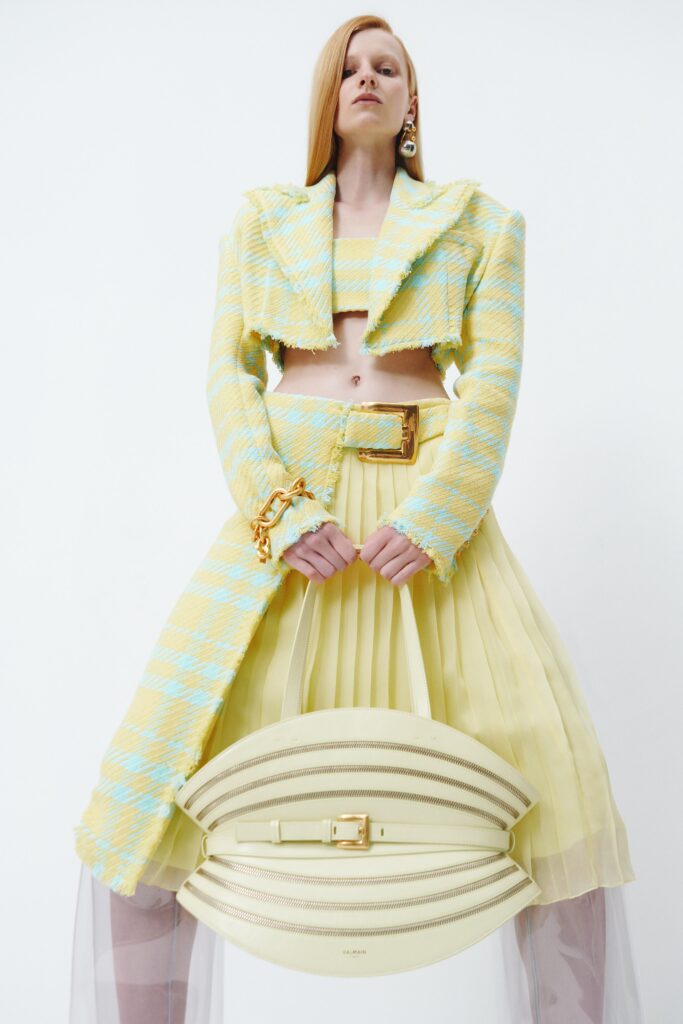
Courtesy of Balmain
In an age where fashion often seems consumed by its own velocity, Rousteing invites us to slow down and consider: What does it mean to truly innovate? Perhaps it is not in chasing the new for its own sake, but in returning to origin points, and from them, drawing out endless, ever-shifting possibilities. Like a composer creating new symphonies on a familiar theme, Rousteing’s genius lies in his capacity to listen to the house, to the past, to himself and to answer, season after season, with a new song.
